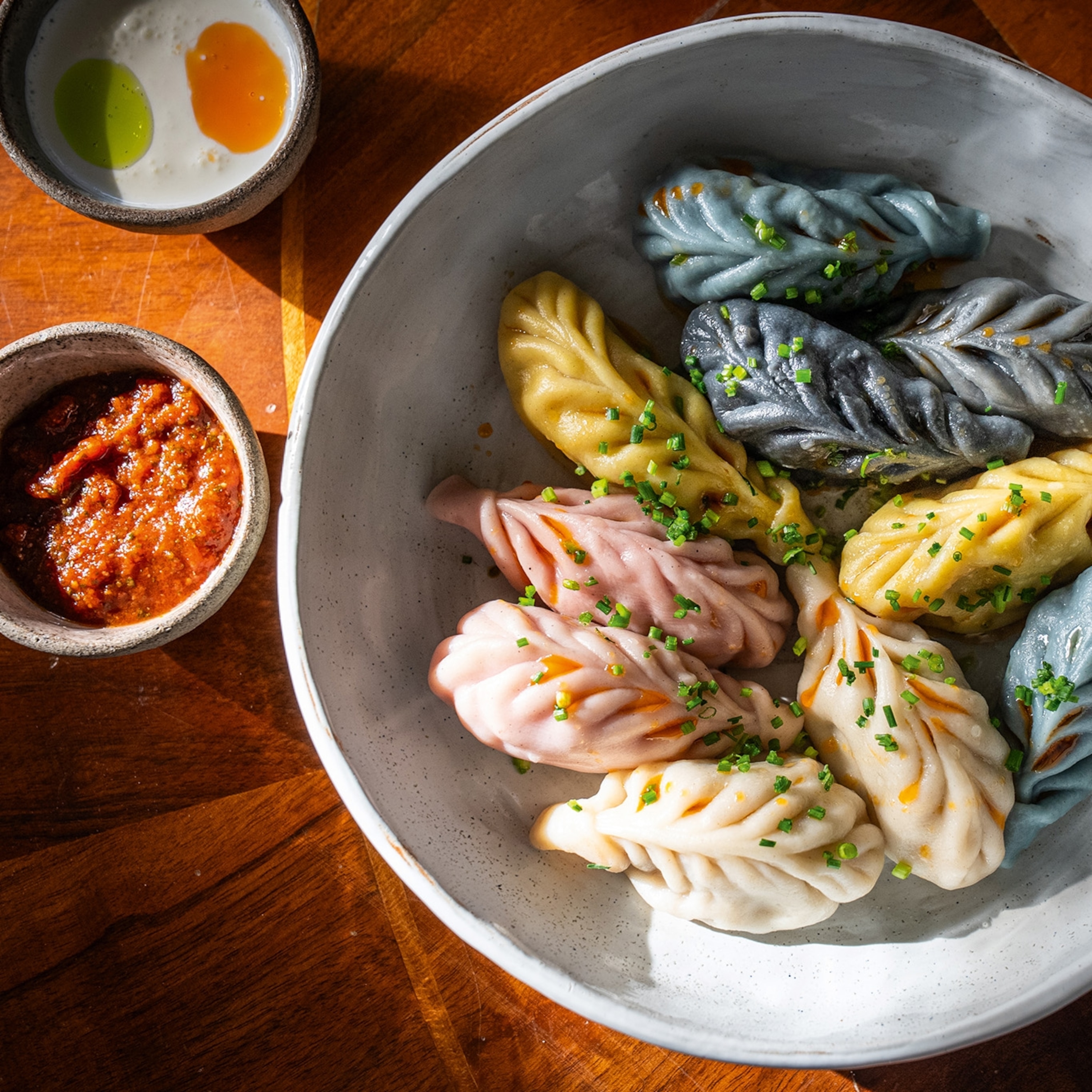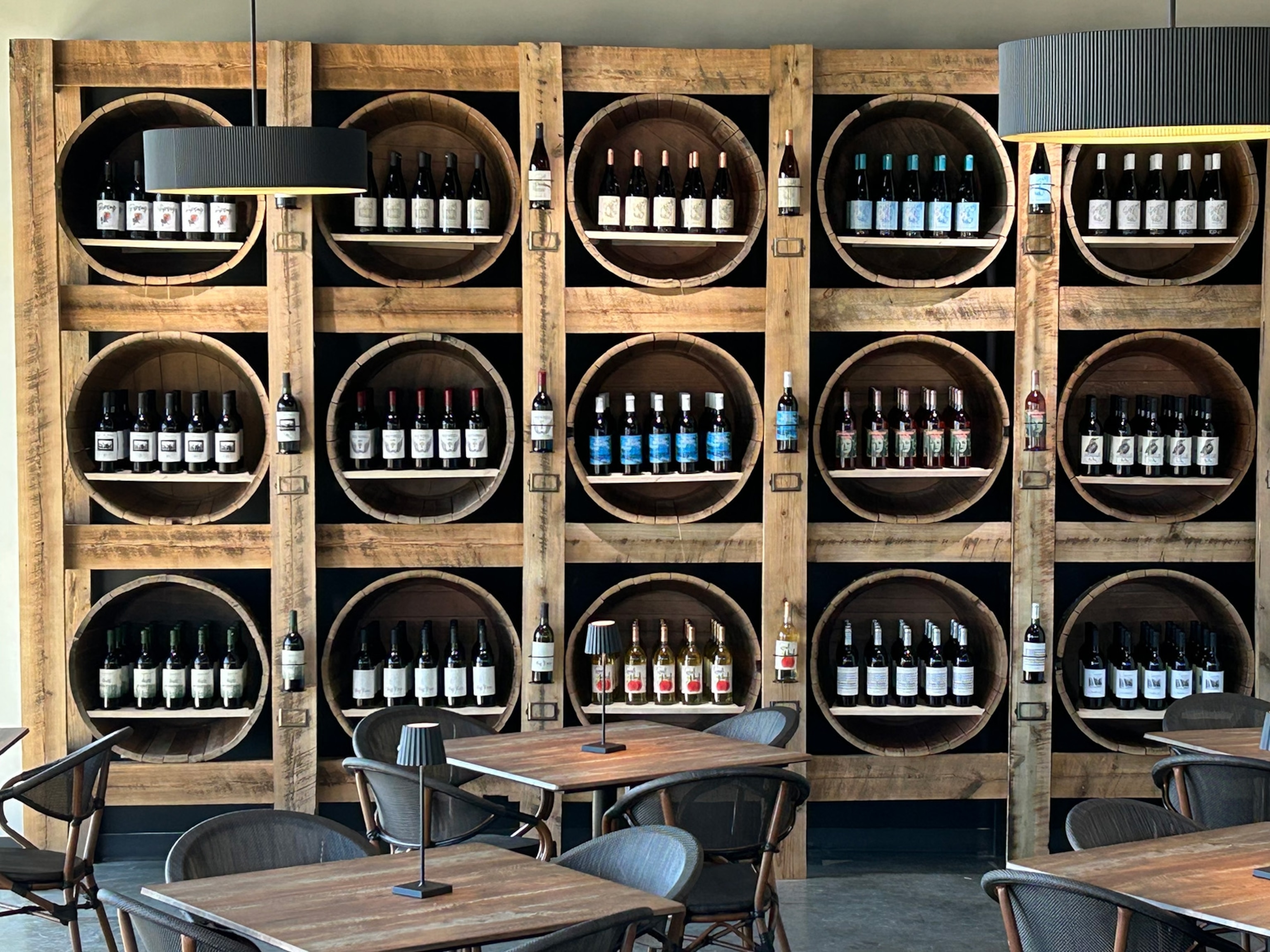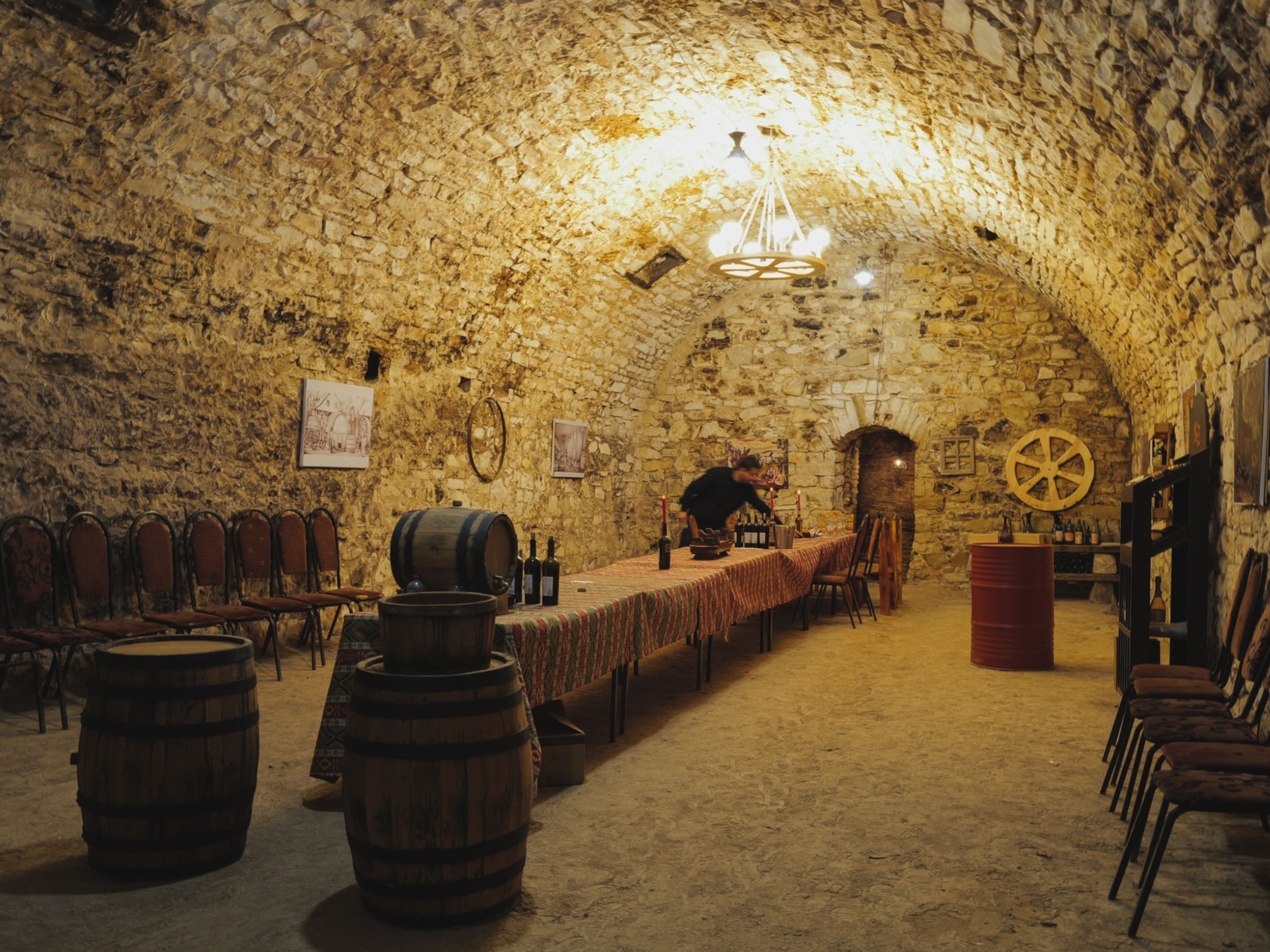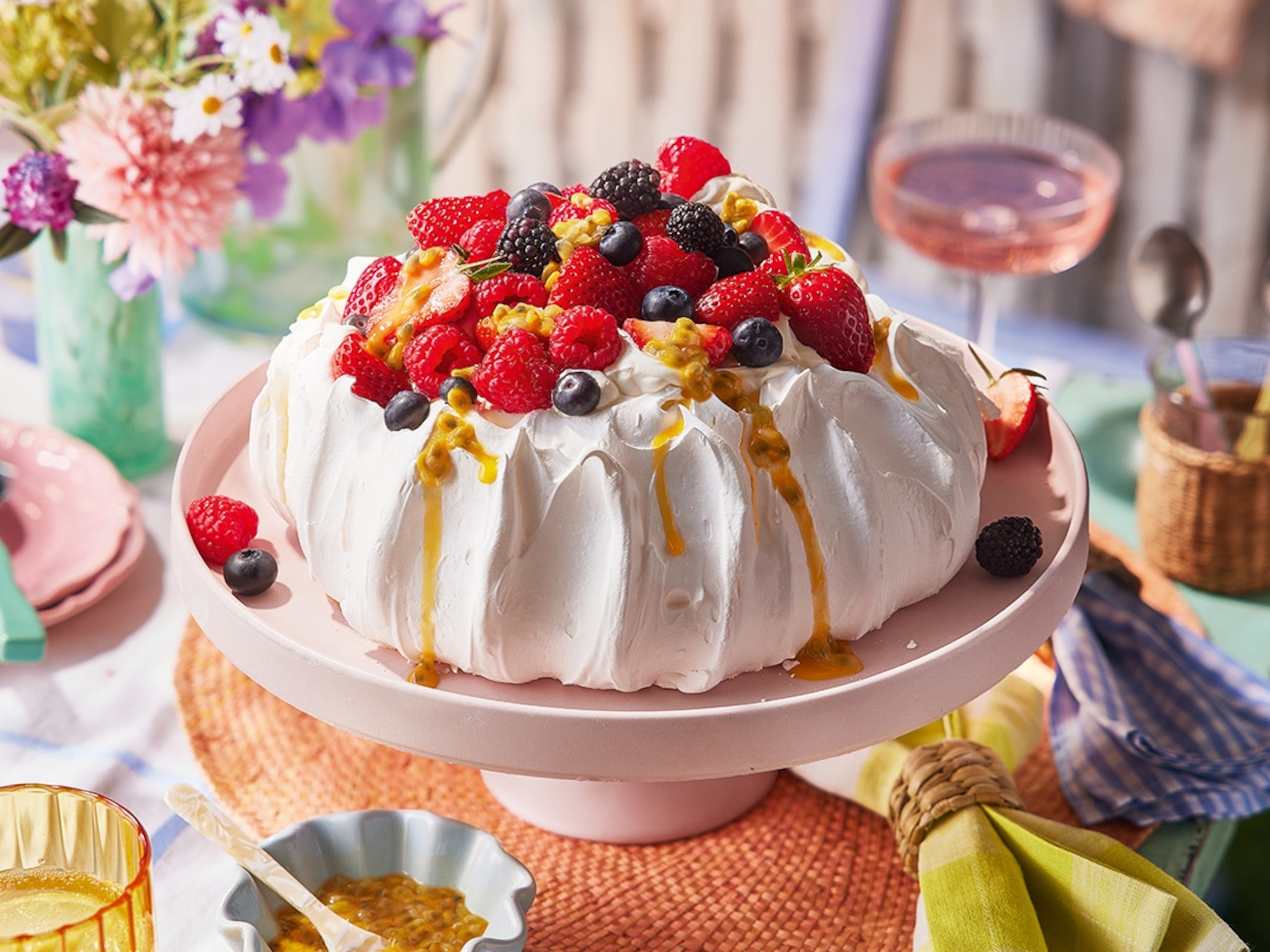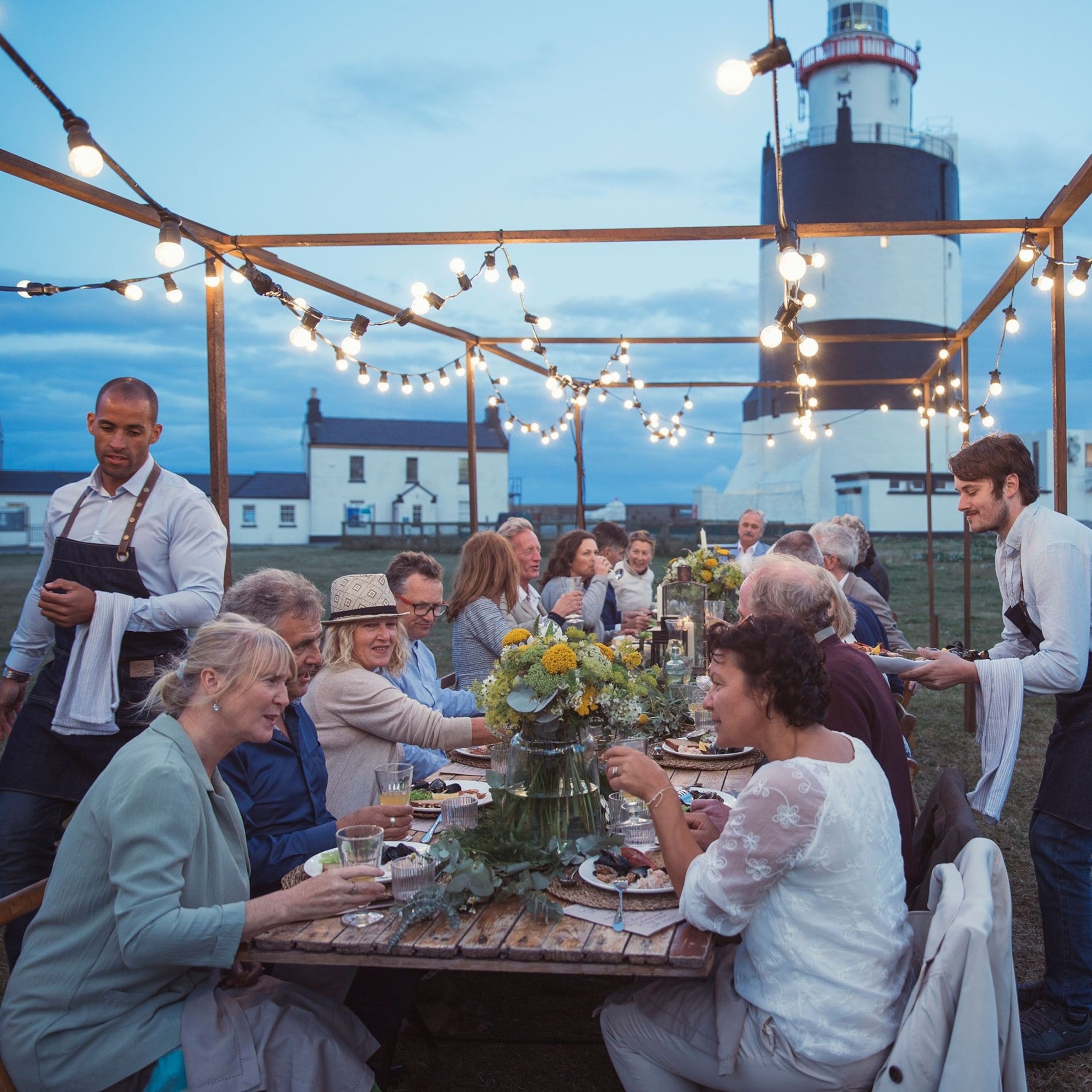
A taste of Wexford: Ireland's emerging culinary destination
The southeastern county is poised to become one of Ireland’s rising foodie stars, thanks to local producers passionate about reconnecting with its land and recipes.
"Are ye ready to go gallivanting?” With cherry-red hair and a smile that means business, Lorraine O’Dwyer throws open the door to her VW Transporter. Inside, cosy rugs line the seats. A wooden crate is crammed with local apple juice, chocolate bars, crackers and other nibbles. They’re tasters from some of the local producers we’re about to meet, she says, kicking off a journey from the market town of Enniscorthy through the rolling farmland of County Wexford.
“Food, for me, tells the story of history,” Lorraine explains. She calls herself a seanchaí — an Irish word for storyteller — and her Gallivanting Tours take both folklore and foodie prompts from the county’s rolling hills, fertile river valleys and extensive coastline. Hidden behind the hedgerows we pass are fruit farms popping with summer berries, fields full of potatoes and meadows glowing with barley, which Lorraine says are “destined for Jameson or Guinness”. I spot the husk of an ancient abbey outside the town of Ferns, and get a sense of Wexford’s surprisingly rich history through the stories and character sketches Lorraine weaves along the way.
“I have a theory that chowder was invented in Wexford,” she muses at one point, combining the French chaudron (‘cauldron’) — a fish pot that would have come over on the ships of Norman settlers — with Celtic and Irish dairy traditions. “I think it was a melding of the two cultures. We added the cream to the fish stew they were cooking on their ships.” From there, she traces a path to Boston, the home of New England clam chowder, via Wexford emigrants. “I think it’s a pretty good theory.”
There’s a glint in her eye as we rumble down a lane towards our first stop, Last Tree Farm. Moments later, there’s a satisfying snap as I bite into a bar of Bean and Goose chocolate studded with roasted almonds. The initial buttery rush comes with a ping of Irish sea salt; as the nuts crunch, the textures meld together with a surprisingly fruity oomph. The design catches my eye, too — rather than traditional squares, the chocolate is moulded into a swirling topography designed to reflect the rolling hills around this rural idyll.
“You can’t grow chocolate in Ireland, but it’s a great place for making it,” says Karen Keane, co-founder of Bean and Goose. She walks me through the country house where she and her sister Natalie produce some of Ireland’s most luxurious chocolate. A few steps down the hallway, and a seductive whiff is already wrapping me up like a warm blanket. We’re here for a crash-course workshop in ‘truffle-rolling’ and ‘ganache-infusing’, during which I learn how the brand’s single-origin chocolate is married with flavours like rosemary and mint from the garden, or seasonal ingredients like elderflower and summer berries. Natalie tells me that in the past, the sisters had trouble finding an Irish chocolate “that connected with us in terms of how we’d like to eat it, make it and package it” — so now they make it themselves.
Mention Ireland’s sunny southeast and artisan eats like Bean and Goose might not immediately spring to mind. Like many, my sense of Wexford is rooted in childhood holidays; in memories of long, sandy beaches (the D-Day landing scenes for Saving Private Ryan were filmed at Curracloe); and in heritage hits like the 800-year-old Hook Lighthouse. But food? Sure, I remember roadside strawberry huts, floury potatoes and my father’s nods of approval when fish came from the harbour village of Kilmore Quay, but this coastal county has never stood out in my mind as a foodie destination.
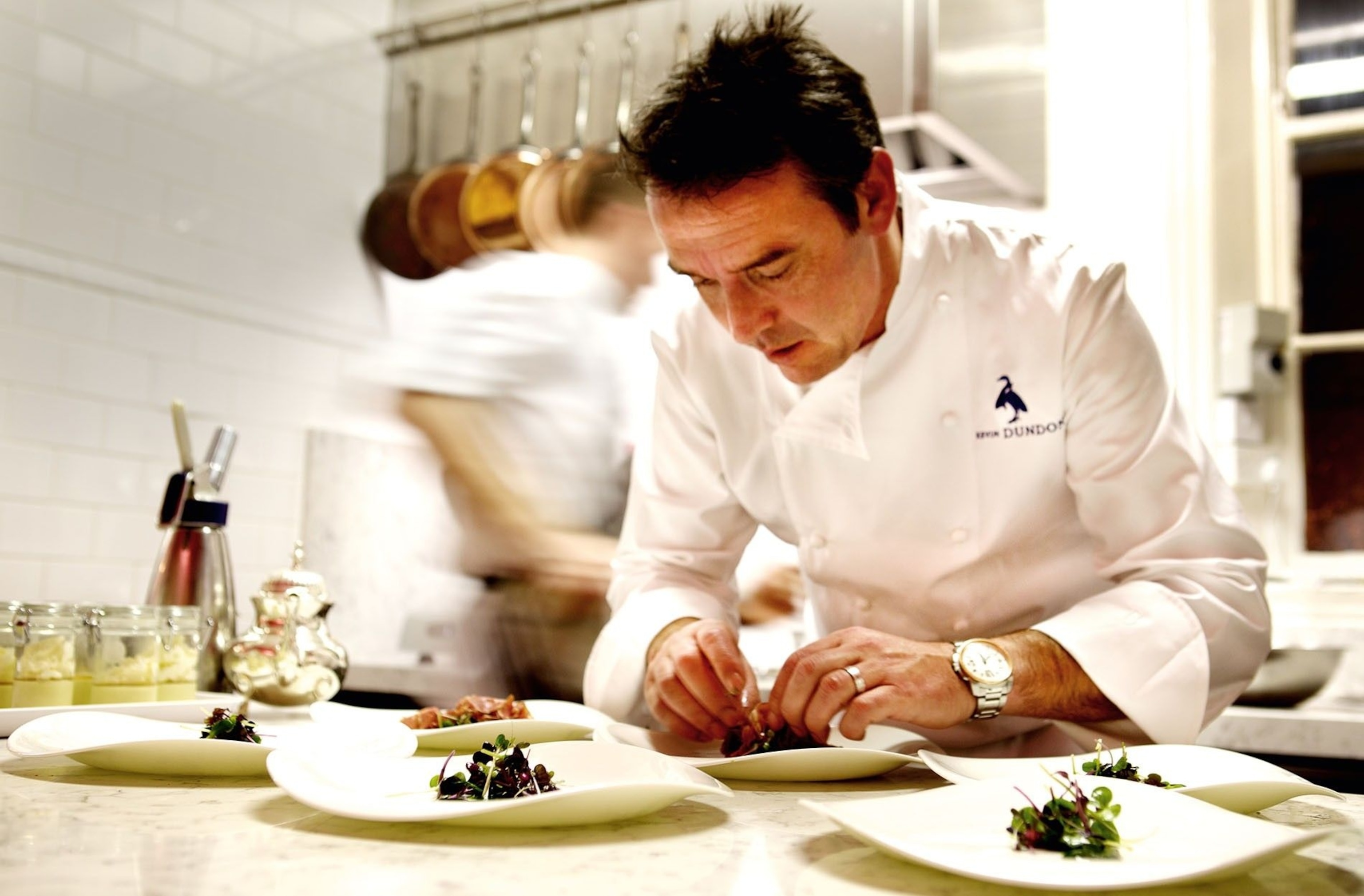
Now, though, that’s changing. The Emerald Isle is undergoing a food revolution, driven by a new wave of restaurateurs and chefs, a fresh appreciation of its produce and a savvy food-tourism drive. Wexford was a slow-starter, but it’s quickly going through the gears. Cases in point: torched Kilmore cod with celeriac puree, brandade and wild mushroom dashi appearing on the menu at La Côte in Wexford town; the harvest moon fish and chip suppers served at Hook Lighthouse; and Aldridge Lodge guesthouse and restaurant, which holds a Michelin Bib Gourmand.
Earlier this year, I took another drive around the county, making a stop at Dunbrody House Hotel, an elegant country house run by celebrity chef Kevin Dundon and his wife Catherine. Dunbrody is well known for its fine dining and cookery classes, but what’s fascinating is how the couple have grown their offering to include a gastropub and Sunday market, both ticking over with food made by, and for, locals. “It’s like a fourth child, the one that never grows up,” was how Catherine described the business.
For a long time, it felt as though excellence like theirs succeeded in isolation — but Wexford’s foodie dots are finally joining up.
“We have a very strange approach to business,” said Pat Hanley, another restaurateur I met on my travels. Pat and his wife Aileen took over The Strand Cahore, a seaside pub at Cahore Point, last year. “It would be easy to serve baskets of chicken and chips and fill the place in summer,” he said, gesturing at the coastline. “But people aren’t going to drive down from Dublin in November for a basket of chicken and chips.”
Quite. What I’d driven here for was a buffalo burger from the nearby Macamore Buffalo farm; as we chatted, Aileen brought out a burger lathered in melted cheddar, cubes of O’Neill’s bacon and sweet bacon jam. The Strand’s menu is dotted with ingredients from local and Irish producers, like wood-fired pizzas oozing with Toons Bridge Fior di Latte, and Kilmore Quay prawns and smokies.
The more I travel around Wexford, the more my bags fill up, bulging with all sorts of finds: bottles of Sadie’s Cordial and juice from Ballycross Apple Farm; pots of Killowen Farm yoghurt; jars of Wexford Home Preserves; honey from Carne; and strawberry punnets from Greens Berry Farm.
Back on our food and folklore tour, Lorraine jokes about Wexford’s small size. “You know the idea of six degrees of separation? It’s only three degrees here; you have to be careful who you meet at the disco.” But that closeness, as well as the tight links between farmers, fishermen and forks, means Wexford’s food story is quickly starting to gel.
Of course, there’s still a way to go. “There’s a big disconnect going on around food,” says Mary Regan, an organic poultry farmer whose fields mark the final stop on our tour. As she takes me from barns hopping with bright yellow chicks to bigger birds pecking on free-roam pastures, she talks passionately about broken connections between the production and consumption of food. She tells me about a childhood spent at her father’s boots — “Whenever Daddy was going to the farm, I’d be going with him” — and her decision as an adult to steer her land into organic production. The walk is another little window into Wexford, and it ends with lunch in a converted outbuilding. It’s nothing fancy: slices of chicken, floury potatoes, fresh leaves, beetroot, tomato and a hard-boiled egg, all from the farm. I’ve never eaten a meal with so few food miles.
Three great places to eat in Wexford
1. Aldridge Lodge, Duncannon
Blink and you’ll miss it. Billy Whitty and Joanne Harding’s guesthouse is home to some of Ireland’s best-value dining — a three-course dinner at the Michelin Bib Gourmand hideaway costs as little as a main course in many city eateries. Billy cooks up a storm using local seafood, lamb and beef; think grilled Hook Head lobster, or pan-fried fillets of Kilmore Quay monkfish served with samphire, wild herbs and tomato and fennel cream. Tasting menu from €38 (£32.90).
2. The Duck, Marlfield House
Restored courtyard buildings, including a coach house and gardener’s tool shed, have morphed into a mouth-watering rest stop at this country retreat. Pull off the motorway near Gorey for a sophisticated mix of seasonal ingredients served in a rustic-chic setting. Menu options include Slaney Valley lamb rump with roast veg and wild garlic, a range of locally sourced fish and Irish artisan cheeses. Mains from €11 (£9.50).
3. Saltee Chipper, Kilmore Quay
Super-low sea-to-fork miles are the name of the game at this Wexford institution, a chip shop that serves up treats like beer-battered fillets of freshly landed catch and monkfish nuggets that are crispy on the outside and succulent within. Kilmore Quay is a byword for pristine seafood in Ireland, so see it as going straight to the source. From around €7 (£6).
How to do it
Gallivanting Tours’ day trips start at €170 (£147) per person. A two-night Gourmet Escape at Ferrycarrig Hotel with dinner starts at €300 (£260) for two.
tastewexford.ie visitwexford.ie
Follow @poloconghaile
Published in the December 2019 issue of National Geographic Traveller (UK)
Find us on social media
Facebook | Instagram | Twitter
